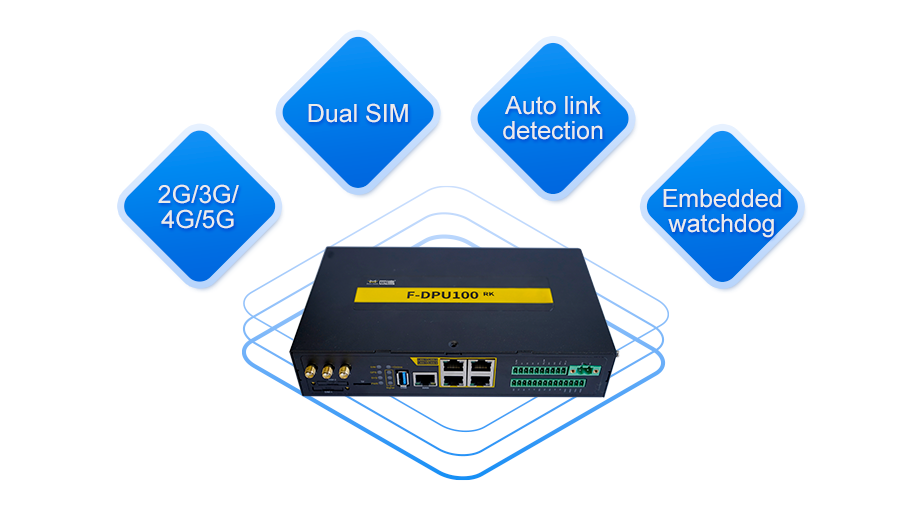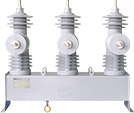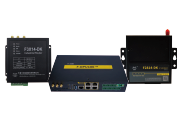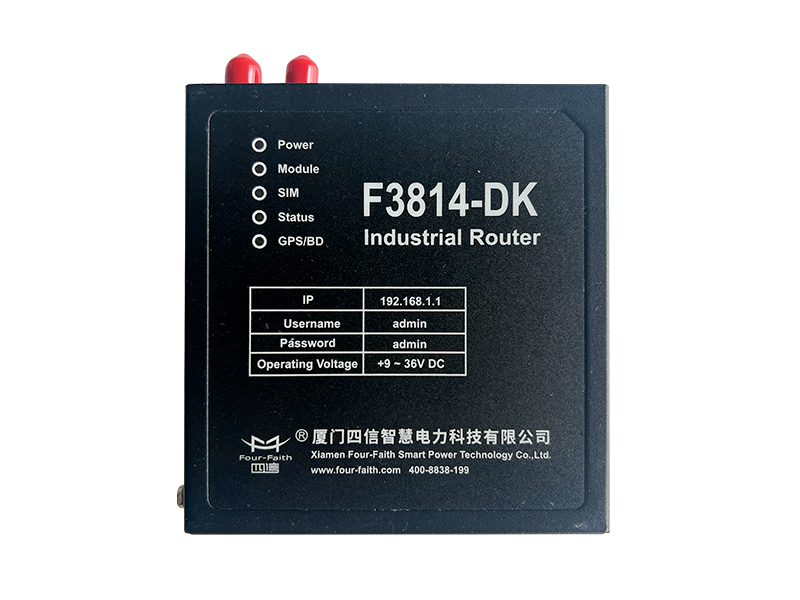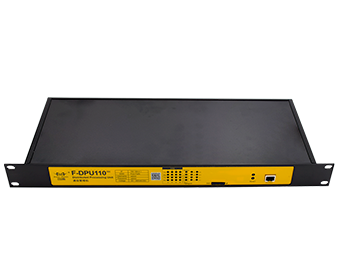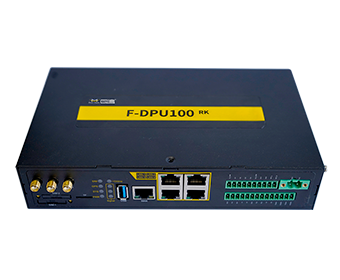News
What are the differences between 5G and 4G networks?
Date:2025-06-13
In the rapidly developing field of IIoT, network communication technology is a bridge that connects the physical world with the digital world. With the gradual maturity and commercialization of 5G technology, Industrial 5G Routers are gradually replacing traditional Industrial 4G Routers to become a new favorite for industrial networking applications. This article will analyze the differences between Industrial 5G Router and Industrial 4G Router from a professional perspective.
Speed and Capacity
When comparing LTE vs 5G in terms of speed and data capacity, 5G is the clear winner. 5G vs LTE speed comparisons show that 5G can achieve speeds up to 100 times faster than LTE. In real-world scenarios, this means downloading a full-length HD movie in seconds with 5G, compared to several minutes on LTE.
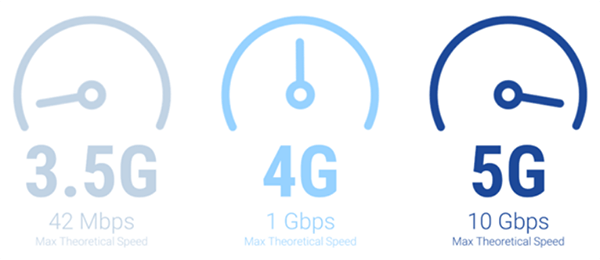
Latency and Reliability
Latency refers to the time it takes for data to travel from one point to another on the network. 5G has significantly lower latency compared to LTE, with some applications experiencing latency as low as 1 millisecond on 5G networks. This is particularly important for applications such as online gaming and video conferencing, where delays can disrupt the user experience. In contrast, LTE typically has latency in the range of 20-30 milliseconds, which, while sufficient for most applications, falls short for latency-sensitive tasks.
Frequency Bands
LTE primarily operates in the low and mid-frequency bands, which provide a good balance between coverage and speed. 5G utilizes a broader range of frequency bands, including low-band, mid-band 5G, and high-band 5G (mmWave) spectrum. The low-band spectrum offers extensive coverage but with slower speeds, while the mid-band provides a balance of coverage and speed. The high-band 5G spectrum, though limited in range, delivers ultra-fast speeds and is ideal for dense urban environments.

Coverage and Infrastructure
One of the main differences between LTE and 5G lies in their coverage and infrastructure requirements. LTE networks are well-established, with extensive coverage across both urban and rural areas. 5G coverage, however, is still expanding, with a focus on urban areas where the demand for high-speed connections is greatest. The deployment of 5G infrastructure, particularly for high-band 5G, is more complex and costly due to the need for more base stations and small cells to maintain consistent coverage.
In the 4G LTE vs 5G debate, it’s clear that both networks have their strengths. While 5G opens the door to faster speeds, lower latency, and massive connectivity, 4G LTE remains a reliable and far-reaching solution.
Our company provides both stable 4G routers (F3X14-WF) and advanced 5G gateways (F-DPU100-RK), providing reliable and high-quality solutions for different customers and markets.

